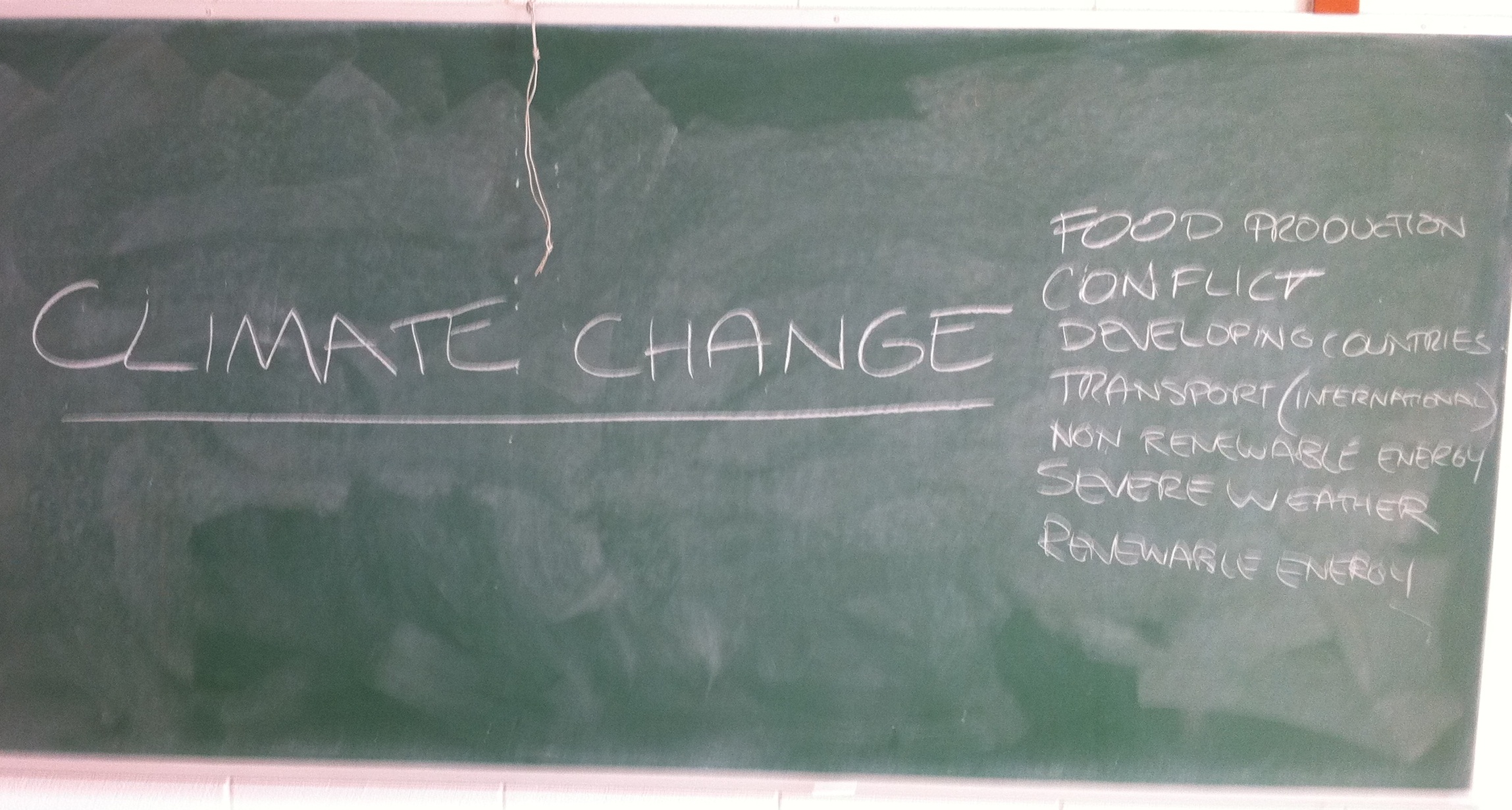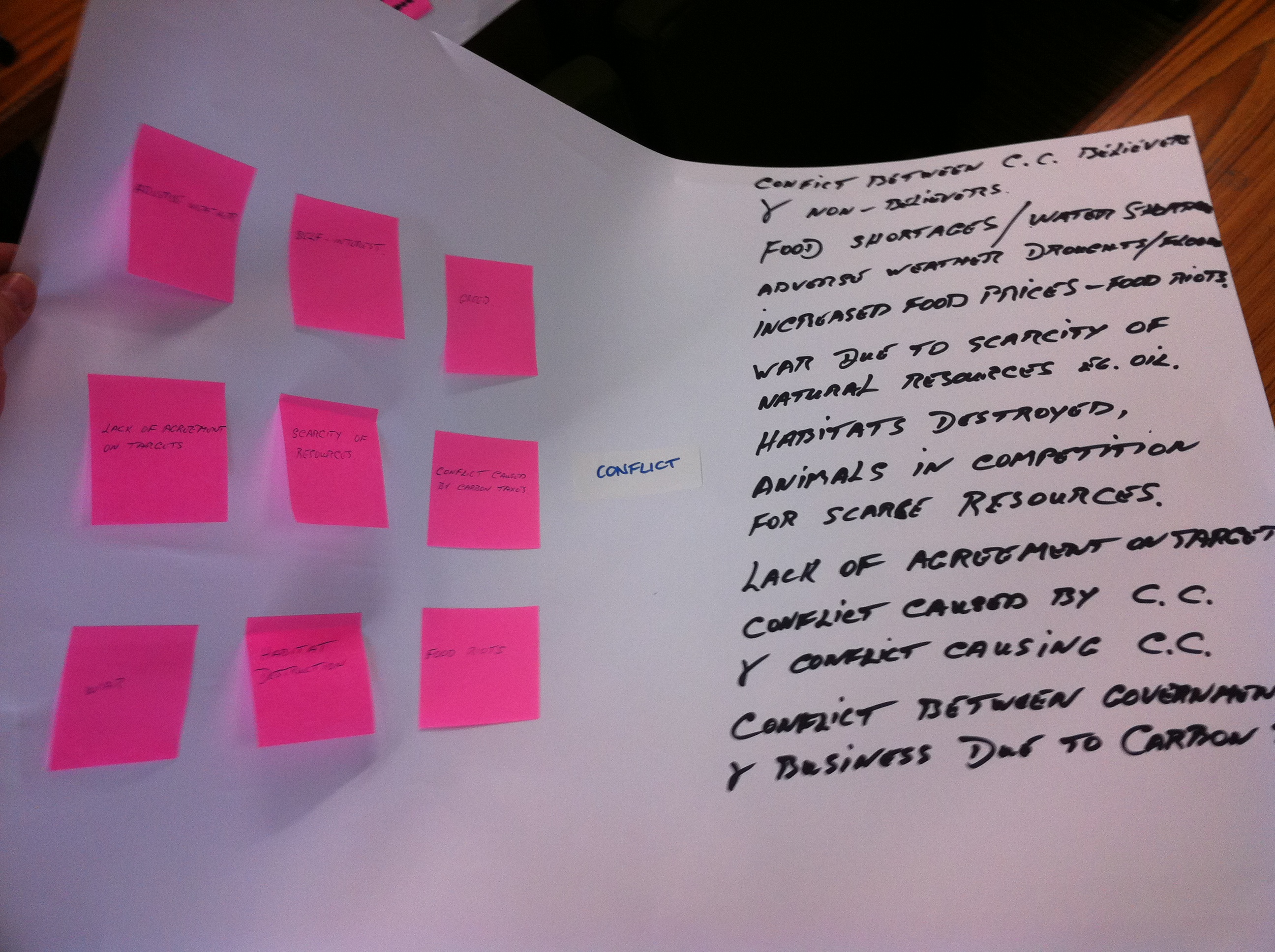Having spent a bit of time over the last number of years trying to increase my previous employer’s already vast profits through leading and mentoring Six Sigma projects, I know that one of the avenues where a huge amount of costs can be eliminated is in complexity reduction. That may sound easy enough and indeed in some cases it is – why offer three flavours of Vanilla when one will suffice? You do need to gain a fundamental understanding the topic which you want to simplify which can be accomplished using several different tools. It helps if you can also limit the scope of what you’re looking at. We always tried to ensure that once we had managed to define a reasonably narrow scope for a project, that we stuck to that scope and didn’t try to be all things to everyone and fix everybody’s problems – which we likened to trying to cure world hunger. There are an uncountable number of variables, problems, issues, bureaucracy etc. etc. to be overcome in order to cure world hunger, so much so that it would be virtually impossible to do.
Taking just one aspect of Sustainable Development, in this case Climate Change, we broke into groups and brainstormed ideas under seven headings -
The topic tackled by my group was Conflict.
Whilst obviously not an exhaustive review, bottom line – there’s an awful lot of potential for conflict when speaking only in relation to Climate Change.
The most interesting exercise came once we had all completed our brainstorms and we were asked to physically link our topic to the other topics if we thought a connection existed. Upon completion of this exercise the classroom looked like spaghetti junction with links criss-crossing the room and clearly demonstrating the complexity of just this one aspect of sustainable development. Once again I stress that this was in no way an exhaustive review of climate change or the seven headings we reviewed. I think the biggest stumbling block to this exercise was simply where to start and also the limited amount of time we had to conduct the exercise in. Ironically one of the areas we touched on was food production which of course would lead one to look at world hunger.


Recent Comments